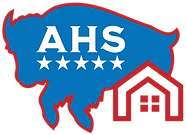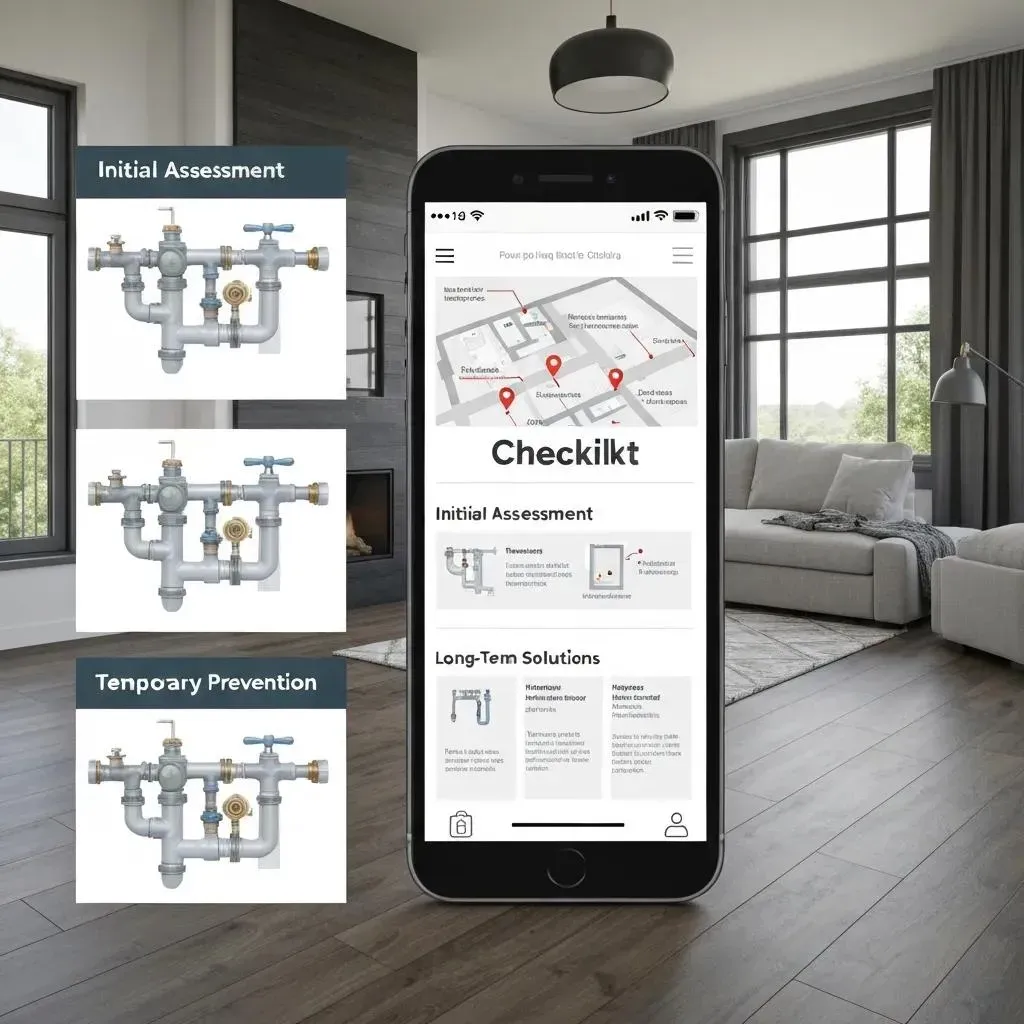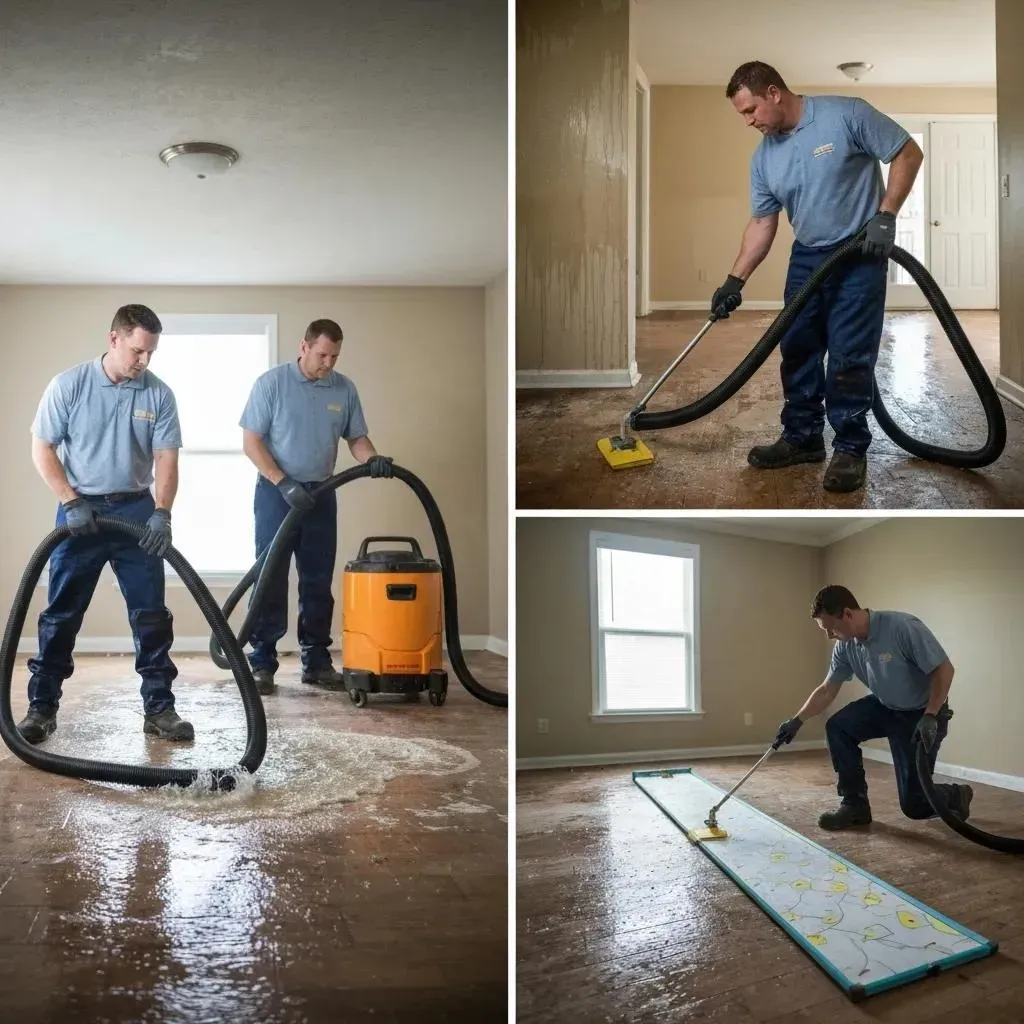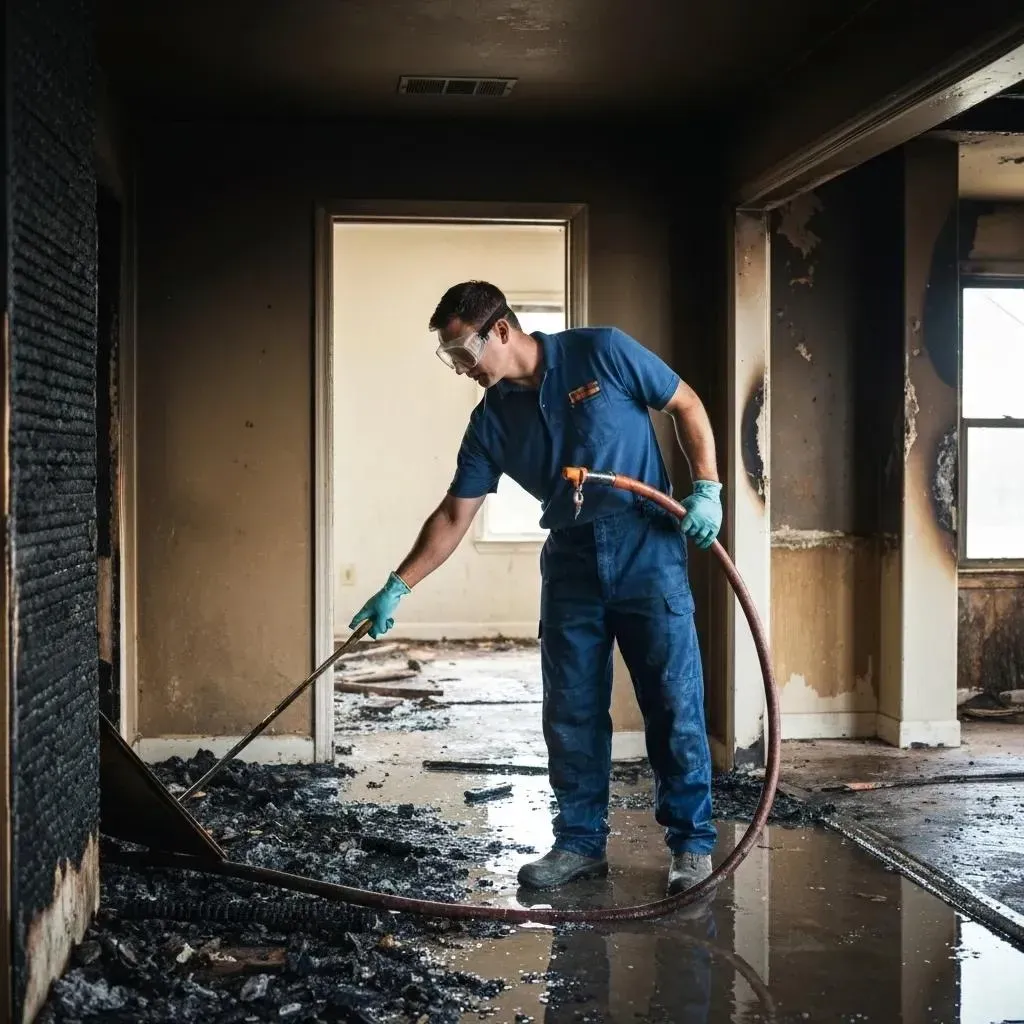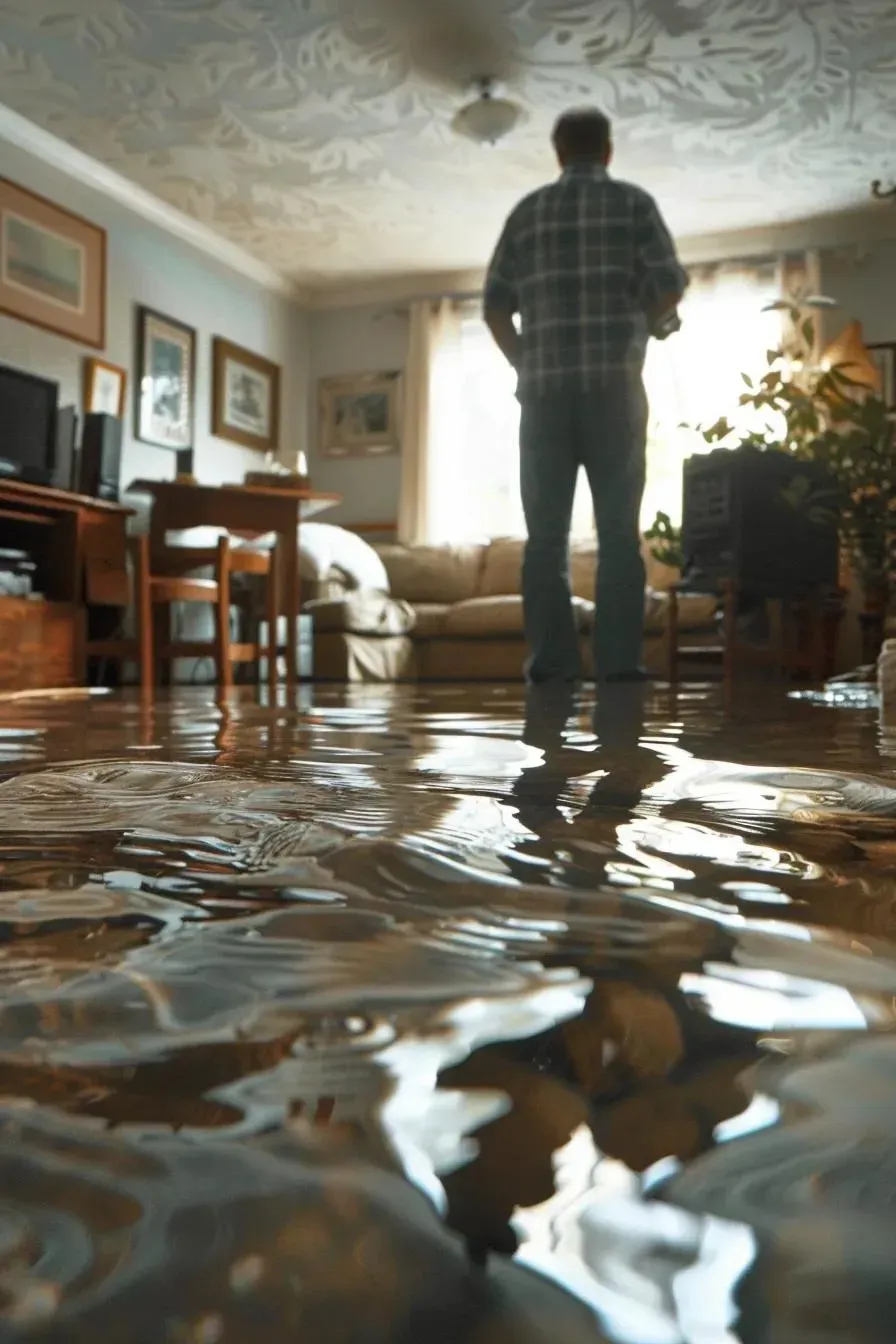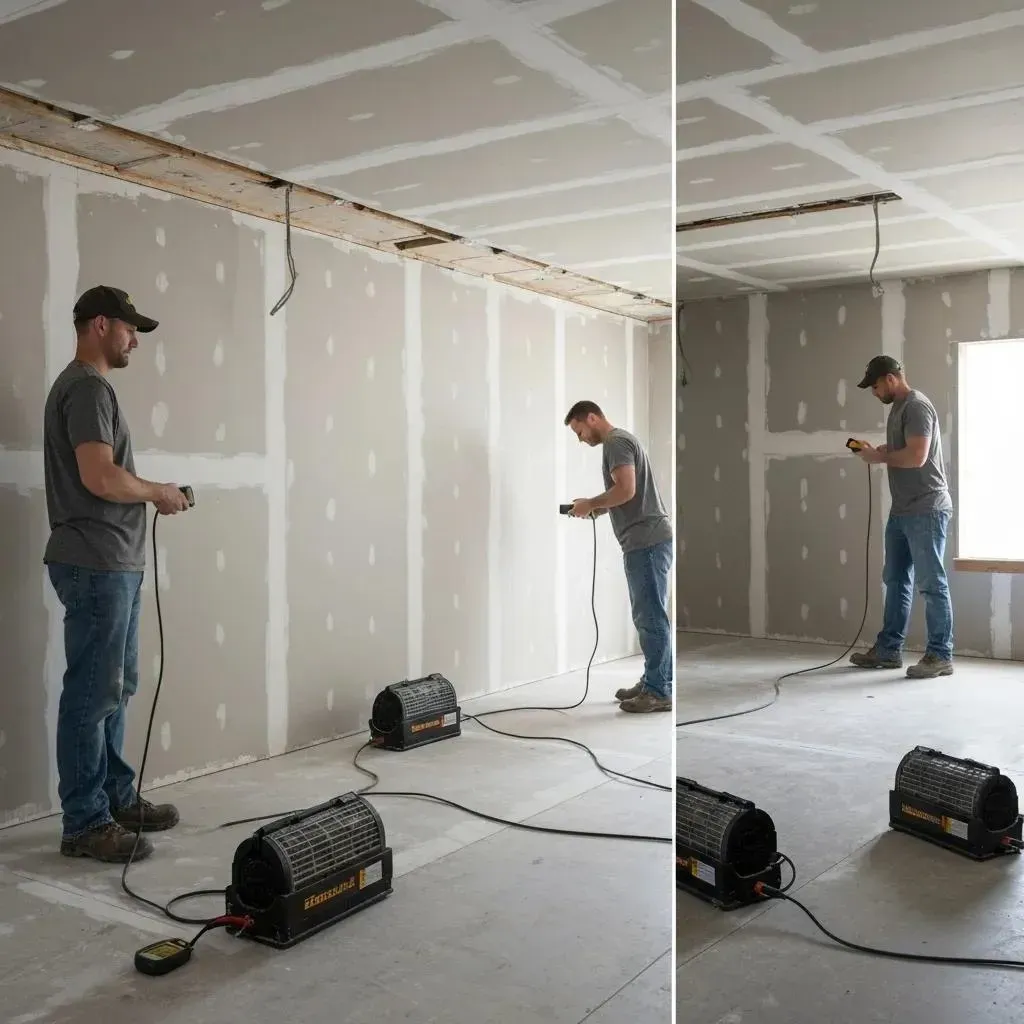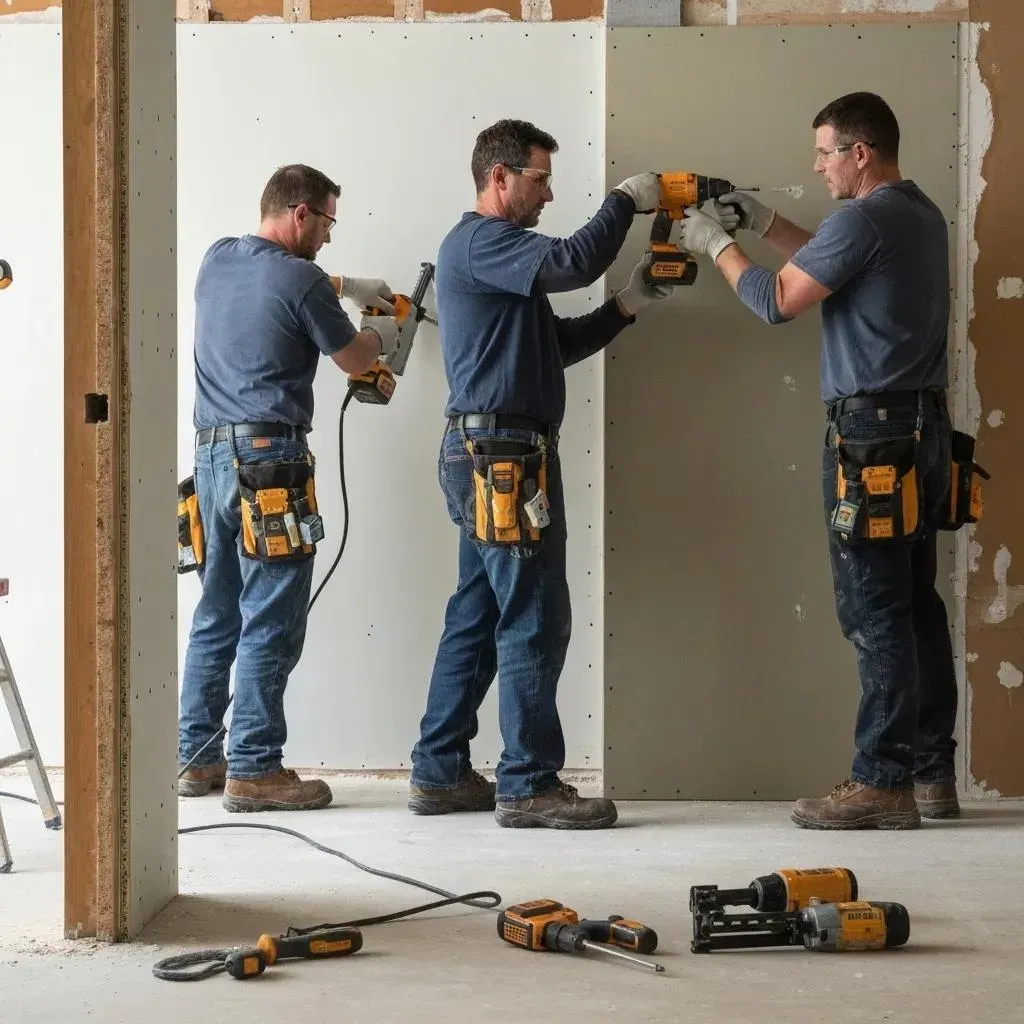Blog
Understanding Plumbing Leaks vs. Other Water Damage Sources
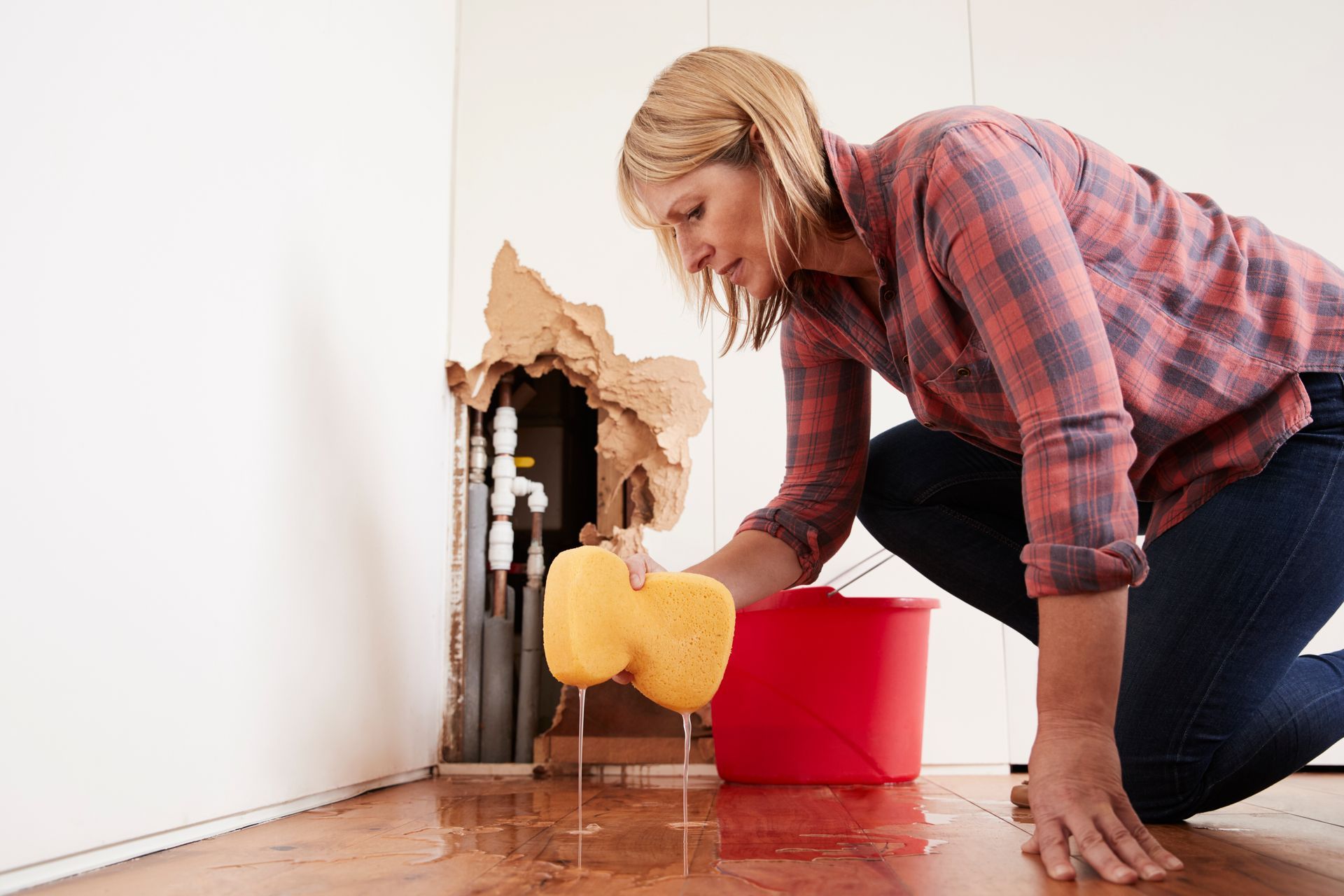
Water damage is one of the most common and costly issues homeowners face, but not all water damage is created equal. Understanding how plumbing leaks cause damage compared to other sources of water damage is crucial for protecting your property.
While visible signs of water damage might seem similar, the underlying causes can differ significantly, requiring tailored solutions. In cities like Denver, Colorado, where the weather can amplify certain risks, staying informed can help you prevent extensive damage and avoid costly repairs.
How Plumbing Leaks Cause Damage
Plumbing leaks are among the most common causes of water damage in homes. They can result from various issues, including aging pipes, loose connections, or high water pressure. Left unchecked, even a small leak can lead to significant damage over time.
Hidden Water Damage
Plumbing leaks often go unnoticed because they occur behind walls, under floors, or in ceilings. These hidden leaks can weaken your home’s structural integrity and lead to mold growth. In Denver, where the freeze-thaw cycle can cause pipes to expand and contract, the risk of plumbing leaks is particularly high during colder months.
Increased Water Bills
One of the first signs of a plumbing leak is an unexpected spike in your water bill. Leaks waste water and increase your utility costs, making it important to identify and repair them as soon as possible. Regular inspections can help homeowners in Denver detect leaks early and mitigate damage.
Other Common Water Damage Sources
While plumbing leaks are a significant contributor to water damage, they are not the only source. Natural disasters, appliance malfunctions, and roof leaks can also lead to extensive damage if not addressed promptly.
Stormwater Intrusion
In Denver, sudden heavy rains or snowmelt can overwhelm drainage systems and lead to water intrusion. Stormwater often enters through cracks in the foundation or poorly sealed windows, causing basement flooding and structural damage.
Appliance Failures
Dishwashers, washing machines, and water heaters can malfunction and leak water into your home. Over time, worn-out hoses or faulty connections can fail, leading to sudden and extensive water damage.
Roof Leaks
Roof leaks are another common source of water damage. In Denver, where hailstorms and heavy snowfall are frequent, maintaining your roof is essential. A damaged roof can allow water to seep into your attic, walls, and ceiling, causing widespread damage.
Comparing Plumbing Leaks to Other Water Damage Sources
While the visible signs of water damage may appear similar, the approach to prevention and repair varies depending on the source. Addressing each type effectively requires understanding its unique characteristics.
Severity and Scope
Plumbing leaks often cause localized damage but can spread over time if left unaddressed. On the other hand, stormwater intrusion or roof leaks can result in widespread damage within a short period. Understanding the source of water damage helps prioritize repairs and allocate resources effectively.
Health Risks
Plumbing leaks and stormwater both create conditions for mold growth, which poses health risks such as respiratory issues and allergies. However, water from external sources like storms may also carry contaminants, making cleanup more challenging and requiring specialized expertise.
Prevention Strategies
Preventing water damage requires addressing its specific source. Regular maintenance of plumbing systems, roofs, and drainage systems is essential for minimizing risks. In Denver, winterizing your pipes and ensuring proper roof insulation are key steps for protecting your home during colder months.
Identifying the Source of Water Damage
Determining whether water damage is caused by plumbing leaks or another source is critical for effective repairs. Signs to look for include:
Stains and Discoloration
Brown or yellow stains on walls and ceilings are often indicative of a plumbing leak. Conversely, water from roof leaks or storms may leave broader patterns of discoloration.
Water Pooling
Puddles of water near appliances or under sinks typically point to plumbing issues. Water pooling in your basement or around your foundation may suggest stormwater intrusion.
Musty Odors
Persistent musty smells often signal hidden water damage and mold growth. This can occur with any type of water damage but is particularly common with prolonged plumbing leaks.
Steps to Address Water Damage
Whether caused by plumbing leaks or another source, addressing water damage promptly is essential for minimizing its impact. Here are the key steps to take:
Identify and Stop the Source
The first step is locating the source of water and stopping it. Shut off your home’s main water supply if you suspect a plumbing leak. For roof leaks or stormwater intrusion, take temporary measures to prevent further water entry.
Remove Water and Dry the Area
Use pumps, fans, and
dehumidifiers to remove standing water and dry affected areas. In Denver, where humidity levels can fluctuate, proper drying is crucial to prevent mold growth.
Assess and Repair Damage
Inspect the damage to determine the extent of repairs needed. Replace damaged materials, such as drywall or flooring, and address any structural issues. For plumbing leaks, repair or replace the affected pipes to prevent recurrence.
How Can Accountable Home Services Help You
At Accountable Home Services, we specialize in identifying and addressing water damage caused by plumbing leaks and other sources. Our expert team in Denver, Colorado, understands the unique challenges homeowners face, from seasonal weather changes to aging plumbing systems. We provide tailored solutions to restore your home and protect it from future damage.
Visit us at
1347 E 73rd Ave, Denver, CO 80229, or
call us at
(720) 620-3272 to schedule a consultation. Let Accountable Home Services help you safeguard your property with reliable water damage restoration services designed to meet your specific needs.
